Choosing the Right Food Packaging Equipment for Your Business Needs
When selecting food packaging equipment, it's important to ensure that the solution aligns perfectly with your specific business needs. The right equipment can help streamline your production processes, improve efficiency, and maintain product quality. Whether you're packaging fresh produce, beverages, or snacks, the right packaging technology is essential for protecting your products, extending shelf life, and enhancing consumer appeal. In this article, we will guide you through key considerations for selecting food packaging equipment and highlight the leading types of equipment for various applications.
Key Factors to Consider When Choosing Food Packaging Equipment
Choosing the ideal food packaging equipment depends on several factors. Understanding your product type, production volume, and business goals is essential to making the right choice. Below are some critical factors to help guide your decision.
1. Type of Food Product
The type of food product you’re packaging is one of the most significant factors in determining the right equipment. Different food products require different packaging methods to ensure freshness, hygiene, and safety.
- Perishable foods (e.g., dairy, meat) may require vacuum packaging, modified atmosphere packaging (MAP), or cold storage options.
- Dry foods (e.g., snacks, cereals) often require stand-up pouches, horizontal flow wrappers, or vacuum sealing.
- Liquid products (e.g., beverages, soups) generally require bottle fillers, carton packaging, or aseptic packaging.
2. Production Volume
Your production volume will dictate the speed and capacity of the equipment you need. High-volume producers require high-speed packaging machines, whereas small and medium-sized businesses might prioritize flexibility and cost-efficiency. Consider the following when assessing production volume:
- High-volume operations: Choose automated, high-speed equipment capable of handling large batches efficiently.
- Small to mid-sized operations: Look for versatile machines that can easily adapt to different product sizes or packaging formats.
3. Packaging Format and Design
The packaging format plays a crucial role in product presentation and consumer appeal. Whether you need pouches, bags, bottles, or cartons, the equipment should match the packaging style. Some considerations include:
- Custom labeling and branding: If you plan on customizing your packaging with labels, barcodes, or specific designs, make sure the equipment supports this flexibility.
- Sustainability: Many consumers today prefer eco-friendly packaging. Opt for equipment that supports the use of recyclable or biodegradable materials.
4. Automation and Ease of Use
Automation is essential for increasing production efficiency and reducing labor costs. However, the level of automation should match your business scale and budget. Consider:
- Semi-automatic vs. automatic: Semi-automatic machines are ideal for smaller operations, while fully automatic equipment is suitable for larger businesses.
- Ease of use: Choose equipment that’s intuitive and easy to maintain to reduce training time and ensure smooth operations.
5. Cost and Return on Investment (ROI)
The initial cost of food packaging equipment is an important consideration, but the ROI is just as critical. Ensure the equipment you select will help you achieve long-term savings through:
- Minimized labor costs with automation.
- Reduced material waste through precise packaging.
- Improved efficiency leading to faster production rates.
Types of Food Packaging Equipment for Different Applications
Different types of food packaging equipment serve various purposes based on your product and production needs. Below are some of the most common types used in the food industry.
1. Vacuum Packaging Machines
Vacuum packaging is ideal for extending the shelf life of perishable foods, such as meats, cheeses, and ready-to-eat meals. This technology removes air from the packaging, reducing the risk of spoilage and oxidation.
- Applications: Meat, dairy, snacks, and processed foods.
- Key Benefits: Prolonged shelf life, reduced food waste, and improved food safety.
2. Modified Atmosphere Packaging (MAP)
MAP involves altering the air inside the packaging to increase the freshness and shelf life of food products. This is commonly used for fresh produce and perishable products like salads and ready meals.
- Applications: Fresh fruits, vegetables, salads, and prepared foods.
- Key Benefits: Retains freshness, maintains flavor, and reduces spoilage.
3. Filling Machines for Liquids
Filling machines are designed for packaging liquid foods like beverages, sauces, soups, and oils. These machines fill containers with precise amounts of liquid for accurate and consistent packaging.
- Applications: Beverages, sauces, soups, and oils.
- Key Benefits: High-speed filling, consistent portions, and versatility.
4. Shrink Wrapping Machines
Shrink wrapping machines are ideal for packaging both food and non-food items in a protective, heat-shrinkable plastic film. This is especially useful for packaging bulk products or multi-packs.
- Applications: Bulk foods, snack packs, multi-pack products.
- Key Benefits: Protection from contaminants, secure packaging, cost-effective for large items.
5. Horizontal and Vertical Form-Fill-Seal (FFS) Machines
Form-fill-seal machines are used to form pouches, fill them with food, and seal them in a continuous process. These machines are highly versatile and efficient, making them ideal for both high-volume and low-volume packaging.
- Applications: Snacks, frozen food, coffee, dry foods, and beverages.
- Key Benefits: High-speed production, versatility, minimal product wastage.
Comparison Table: Key Features of Food Packaging Equipment Types
| Packaging Equipment | Suitable for | Key Benefits | Best for |
|---|---|---|---|
| Vacuum Packaging Machines | Meat, dairy, snacks, processed foods | Prolonged shelf life, reduced spoilage | Perishable foods needing freshness |
| Modified Atmosphere Packaging (MAP) | Fresh produce, salads, prepared meals | Retains freshness, reduces spoilage | Fresh food requiring extended shelf life |
| Filling Machines for Liquids | Beverages, soups, sauces, oils | High-speed filling, precise portions | Liquid food products |
| Shrink Wrapping Machines | Bulk foods, snack packs, multi-packs | Secure packaging, cost-effective for large items | Multi-pack food products, bulk items |
| FFS Machines | Snacks, frozen foods, dry foods, beverages | High-speed production, versatility | High-volume production |
Factors to Consider When Evaluating Food Packaging Equipment
When evaluating different options for food packaging equipment, it’s important to assess the following factors:
- Reliability: Ensure that the equipment you select is reliable and has a proven track record of minimizing downtime.
- Maintenance Requirements: Opt for machines that are easy to maintain and repair to minimize operational disruptions.
- Compatibility: Ensure that the packaging equipment is compatible with your existing production line and workflow.
- Technology Support: Look for manufacturers that offer ongoing technical support and regular software updates to keep your equipment running smoothly.
Final Thoughts: Making the Right Choice
Selecting the right food packaging equipment for your business needs is crucial for ensuring the safety, quality, and appeal of your food products. By carefully considering factors such as product type, production volume, packaging format, and automation needs, you can make an informed decision that will benefit your production line and brand.
Whether you need vacuum packaging, modified atmosphere packaging, or liquid filling systems, there is a range of solutions available to meet the specific demands of your business. Remember, investing in high-quality, efficient packaging equipment not only enhances your production but also contributes to the overall success of your brand.
Explore
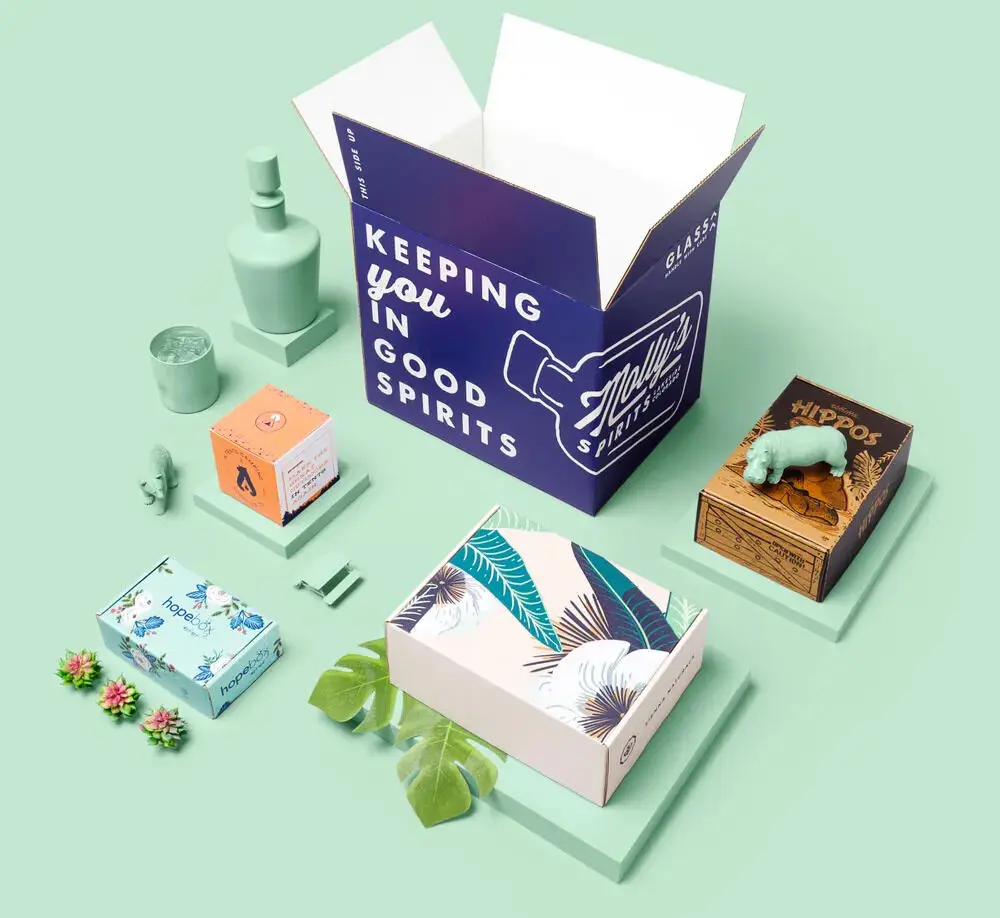
The Ultimate Guide to Custom Boxes: How to Choose the Perfect Packaging for Your Products
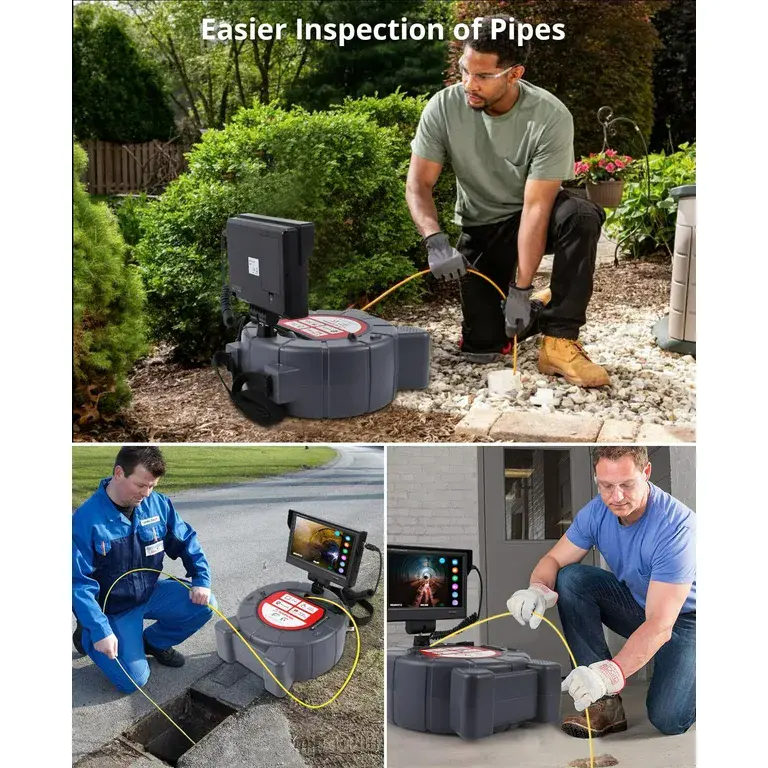
Choosing the Right Sewer Camera and Locator for Your Plumbing Needs

How to Choose the Right Marketing Consultant for Your Business Needs
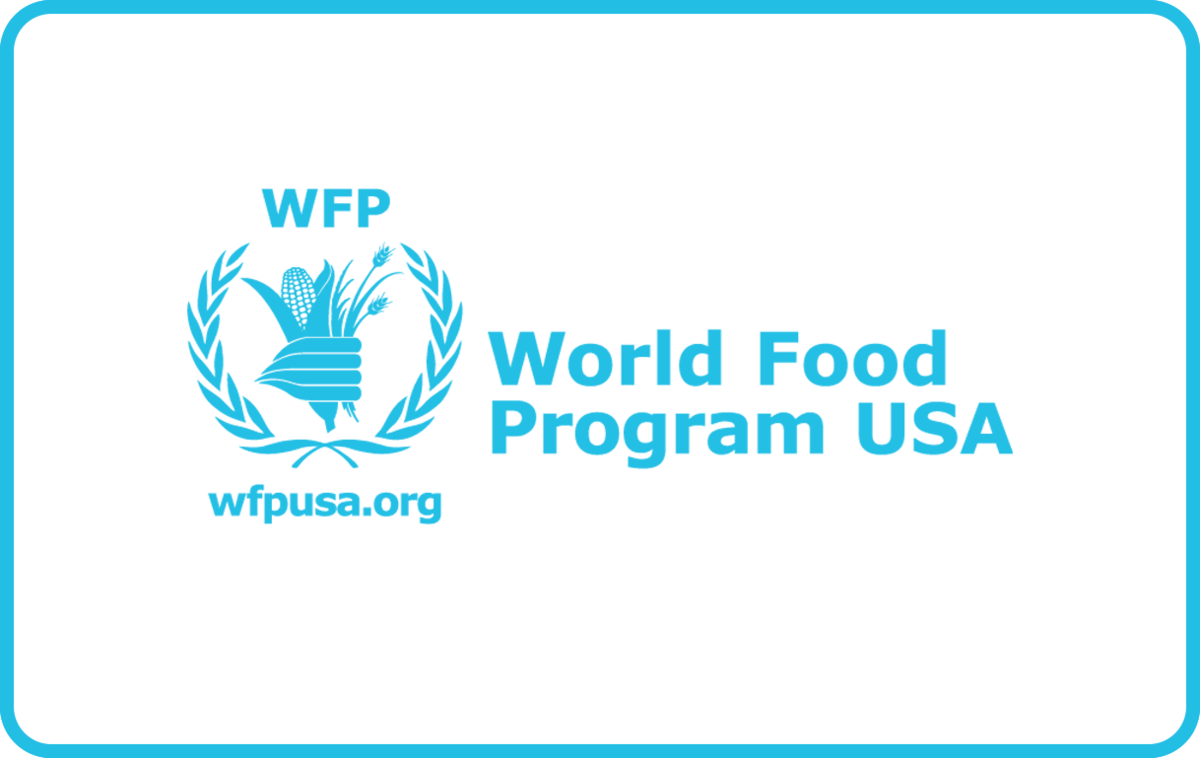
World Food Programme Donate: Helping Fight Hunger Across the Globe
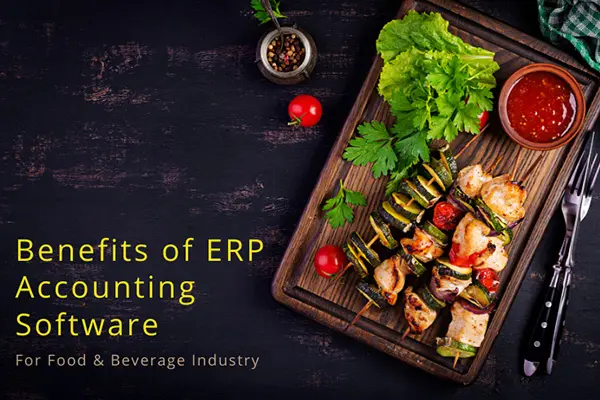
How ERP Systems Enhance Compliance and Traceability in Food Manufacturing

How to Choose the Right Hair Growth Serum for Your Hair Type and Needs
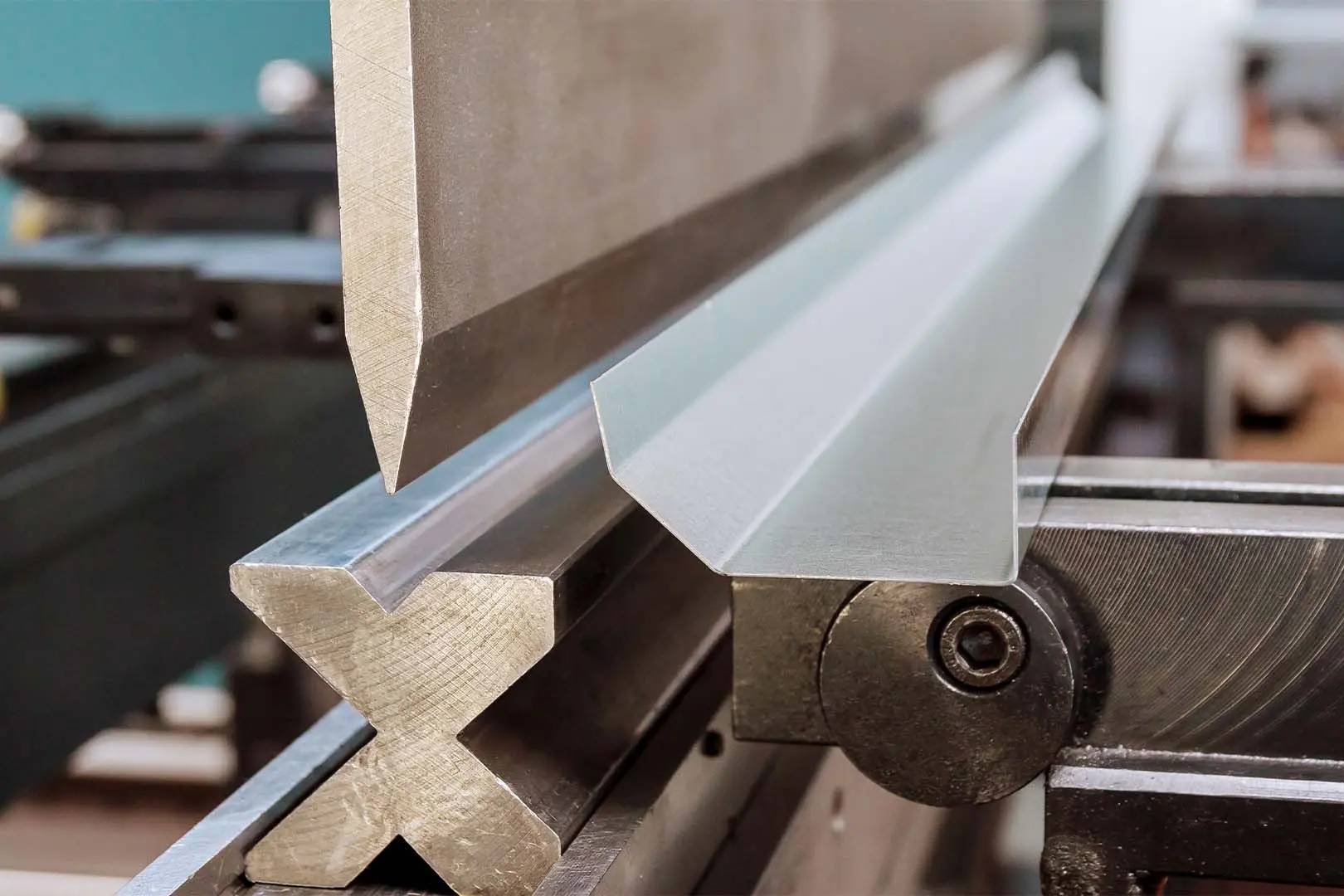
Sheet Metal Fabrication Services: How to Find the Right Provider for Your Needs
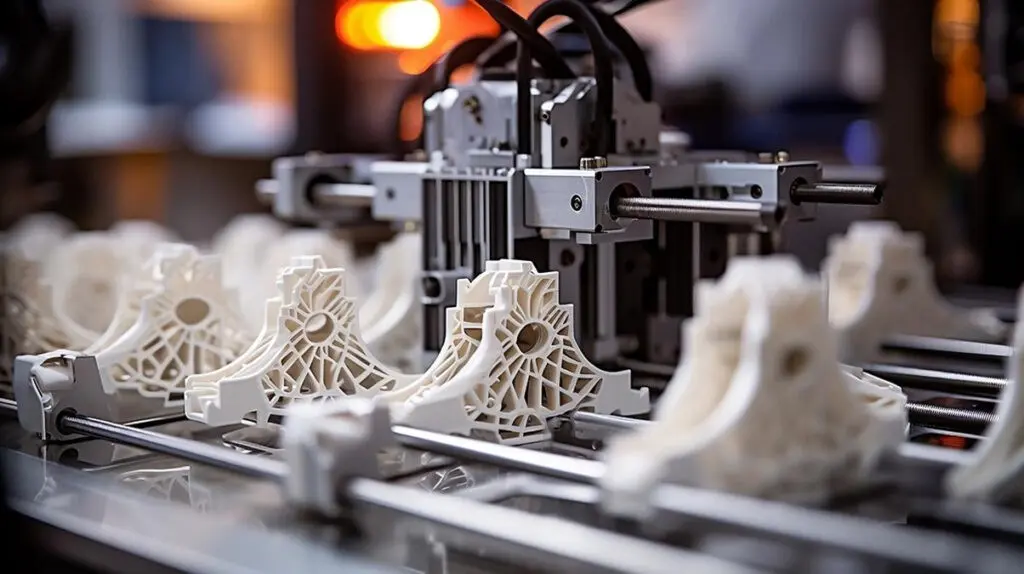
Choosing the Right 3D Printing Service for Your Project: What to Consider
